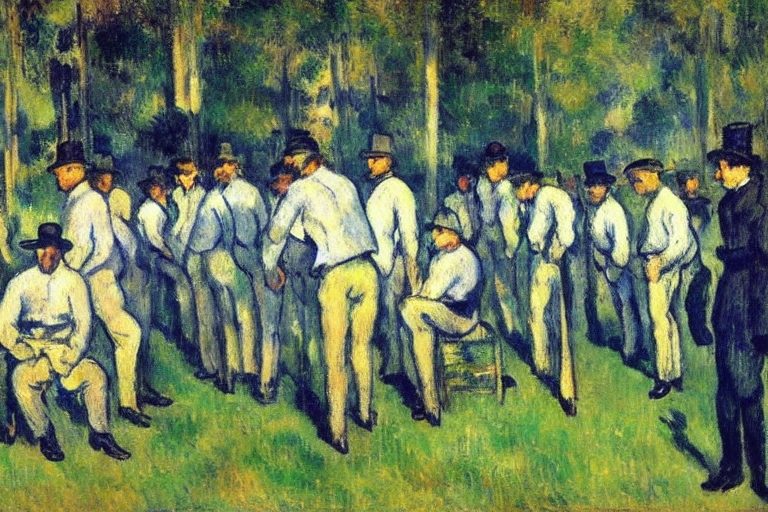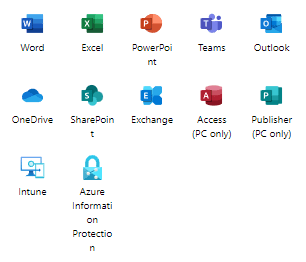Software Feature
Team Management

Team Management Software: Streamlining Collaboration and Productivity
Introduction to Team Management Software
Team management software is a powerful tool that enables businesses to efficiently organize, coordinate, and monitor their teams’ activities. Explore how this software feature enhances collaboration, boosts productivity, and optimizes team performance.
Centralized Team Communication
Team management software provides a centralized platform for team members to communicate and collaborate effectively. It offers instant messaging, file sharing, and task assignment features, allowing team members to stay connected, exchange ideas, and work together seamlessly. By consolidating communication channels, team management software eliminates the need for scattered communication tools and fosters efficient collaboration.
Task and Project Management
Efficient task and project management are essential for team productivity. Team management software facilitates task allocation, deadline tracking, and progress monitoring. It allows team leaders to assign tasks, set priorities, and establish dependencies, ensuring everyone knows their responsibilities and project timelines. Real-time updates and notifications keep team members informed and enable smooth project execution.
Resource Allocation and Tracking
Team management software helps businesses optimize resource allocation by providing a clear overview of team members’ availability, skills, and workloads. This feature enables managers to assign tasks based on individual strengths and capacity, ensuring a balanced distribution of work. Additionally, tracking features allow managers to monitor project progress, identify bottlenecks, and make data-driven decisions to optimize resource allocation and improve team efficiency.
Performance Evaluation and Feedback
Effective team management involves assessing individual and team performance. Team management software offers tools for performance evaluation, goal setting, and feedback exchange. Managers can track key performance indicators, provide constructive feedback, and recognize achievements. These features facilitate ongoing performance management, help identify areas for improvement, and foster a culture of continuous learning and growth.



